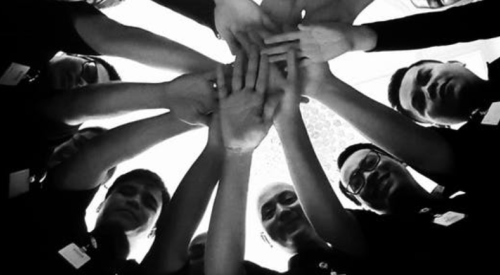|
By now, every builder or developer has felt some degree of pain from this downturn. I asked some top HR professionals how they're adapting their programs in light of current market conditions.
Job rotationsChanging staff responsibilities is a way to train employees during a downturn. Dave Morante, vice president people services with McWhinney in Loveland, Colo., notes: “We're utilizing the StrengthsFinder assessment to identify underlying strengths in our people and give them opportunities to excel in new roles. In some cases, this led people to new and more meaningful career paths.”
Steve Springer, former corporate vice president of human resources with Pulte and author of “Stop Hiring Failures!” agrees. “This is the perfect time to expose people to different aspects of the business. People learn more by doing than by watching. ”
Communication & brainstorming“In times like these, transparent communication is critical and not just from the top down,” says Morante. “We hold monthly roundtable discussions and quarterly retreats to foster ongoing dialogue at all levels of the organization. We want every person on our team thinking about ways to curb costs and generate revenue.” Springer suggests including vendors and suppliers in the dialogue.
LoyaltyCaryn Simons, a regional vice president with Ryland Homes, cites a correlation between passion and loyalty. “We continue to work with our divisions to retain the best people and keep them motivated. However, motivation is a pretty nebulous word. You can't necessarily train motivation.” Therefore, don't measure people purely by their skills sets but also their passion for the industry and organization.
Thought processesAnother HR manager's company is reassessing virtually every organizational model within the company, from sales to construction. “In sales, we're considering changing our model staffing from one full-time salesperson supported by an assistant to two full-time salespeople. ... We're also rethinking the norm of having a model complex in every subdivision.”
The A-TeamCutting staff to the bone means asking some people to take one and two steps backward to keep them, or move them into different roles. But as Springer says, “The value of keeping great people far outweighs the expense of replacing them later.”
No doubt this cycle will present more challenges in the year to come. The companies with the greatest adaptability will be the ones who survive. Or, in the words of Morante: “It's like dancing with a gorilla: you have no choice but to follow his lead.” Well put, Dave.
| Author Information |
| Rodney Hall is a senior partner with The Talon Group, a leading executive search firm specializing in the real-estate development and home building industries. |
|












